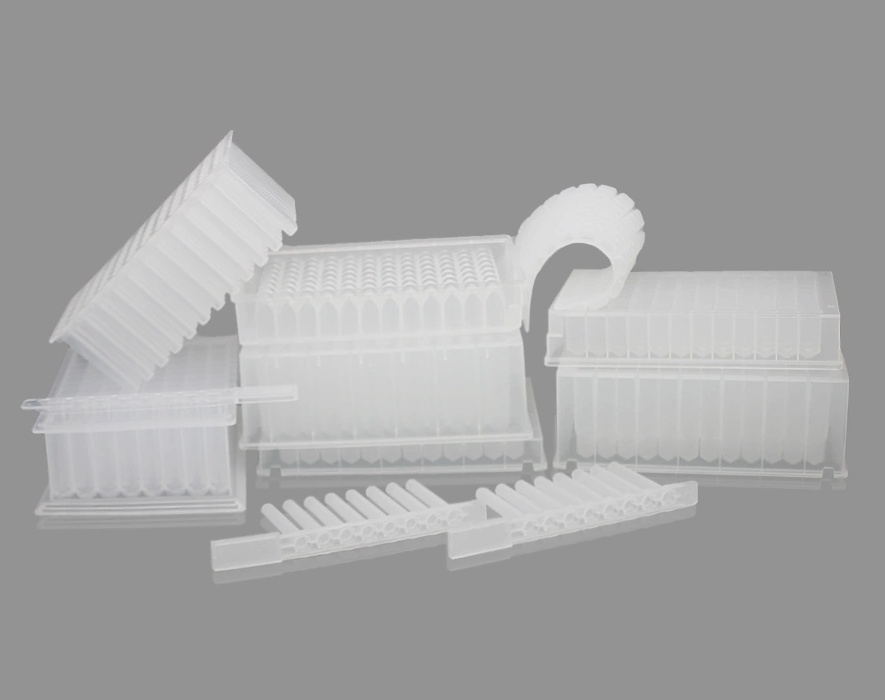At present, the development of new aircraft is becoming more and more demanding on titanium alloy welded structural parts. It is urgent to develop new, high-quality and high-efficiency welding methods to meet the high efficiency, high performance and high reliability structural design of advanced aero engines and aircraft. Long-life, low-cost requirements for advanced manufacturing technology. Active flux tungsten argon arc welding (A-TIG) technology was developed to meet this requirement. This technology can not only solve the technical deficiencies of the above conventional TIG welding, but also improve the welding quality and service life of the components under the same process conditions [1-3], opening up new application prospects for tungsten argon arc welding technology.
Titanium alloy A-TIG welding technology and characteristics
A-TIG welding technology is a process of applying a layer of active flux on the surface of the workpiece to be welded before welding and then performing TIG welding along the flux layer. Compared with the conventional TIG welding process, the penetration ability of the titanium alloy A-TIG welding arc is significantly enhanced, and the heat input amount, welding deformation and stress are reduced. When welding the same specifications of the product components, under the same welding current conditions, the single-pass welding without beveling or the number of surfacing layers can be significantly reduced, thereby improving the welding productivity and product quality, and reducing the cost.
In addition, the active flux can greatly reduce the weld porosity defects generated during the argon arc welding process, thereby directly improving the fatigue performance of the welded joint and the welded structure. Tests have shown that the fatigue limit of TC4 titanium alloy A-TIG welded butt joints is 16% higher than conventional TIG welding, and can reach 90% of the base metal. At present, titanium alloy active flux argon arc welding technology has developed into a new advanced connection manufacturing technology to ensure the quality of weapons and equipment, improve processing efficiency and reduce costs.
The basic principle of titanium alloy A-TIG welding technology
The presence of the film limits the conduction cross section of the arc, thereby causing the arc to shrink; secondly, since the surface of the titanium alloy material is covered with the active flux layer before welding, only the arc heat melts the active flux and the titanium metal during the arc conduction process, and The liquid titanium can successfully squeeze out the flux film to achieve successful conduction and stable combustion of the arc. Since the molten active flux has good wettability with liquid titanium, the solder film is not easily squeezed away. The less it is squeezed out, the narrower the weld, the more concentrated the heat flow of the arc, and the deeper the penetration depth. Third, during the A-TIG welding, the active flux molecular vapor enters the arc atmosphere, increasing The thermal conductivity of the medium-ion ion of the arc column causes the arc to contract; fourthly, the arc heat decomposes and ionizes the active flux into the outer space of the arc, and the flux ions trap the electrons on the periphery of the arc to form negative ions, which reduces the voltage in the peripheral space of the arc column, thereby The arc shrinks. It is precisely because of the synergistic effect of the above several aspects that the welding arc is obviously contracted during the A-TIG welding process, and the arc column current density is increased, resulting in an increase in the weld penetration.
Status of foreign technology development
The active flux was first developed by the Ukrainian Barton Welding Institute in the 1960s. Its initial development goal was to improve the porosity of the weld in titanium alloy TIG welding by adding a halide to the weld zone. The test results show that the added halide inhibits the pores of the titanium alloy weld and also affects the formation of the weld: under other conditions, the weld penetration (h) increases and the melt width (b) decreases. The weld seam shape factor (ψ=b/h) is also reduced accordingly. In addition, the heat input (q/V) during welding is also reduced accordingly. In view of the positive effects of the addition of halides, Barton developed the first multi-active flux product, AHT-9A, in 1964 for titanium alloy welding. At present, its A-TIG welding process has been confirmed by experiments and used in Russian aviation, aerospace, chemical, pressure vessels, power equipment, nuclear power facilities and other fields. The United States is relatively backward in Ukraine in the study of active fluxes for argon arc welding. However, in the United States, the development of stainless steel and carbon steel argon arc welding with active flux for the construction of catamaran shells, oil tankers, nuclear reactors, pressure vessels, etc., is currently being used in the United States; the Navy is using the flux to weld ships and submarine piping systems. And some parts.
Deep well Plate is an ideal product for sample storage, we have many types of 96 Deep Well Plate, such as 0.5ml elution plate, 1.2ml square well V bottom plate, 2.0ml round well U botttom plate for Hamilton and Nunc machines, 2.2ml square well V bottom and 2.2ml square well U bottom. They can be sterilized under high press, and keep the shape for 20 minutes even the temperature arrives at 121℃,All these characteristics set a new standard for the laboratory.

96 Well Deep Well Plate,2ml Deep Well Plate,Deep Well Microplates,1.2 ml Deep Well Plate,Square Well Plate
Yong Yue Medical Technology(Kunshan) Co.,Ltd , https://www.yonyuetube.com